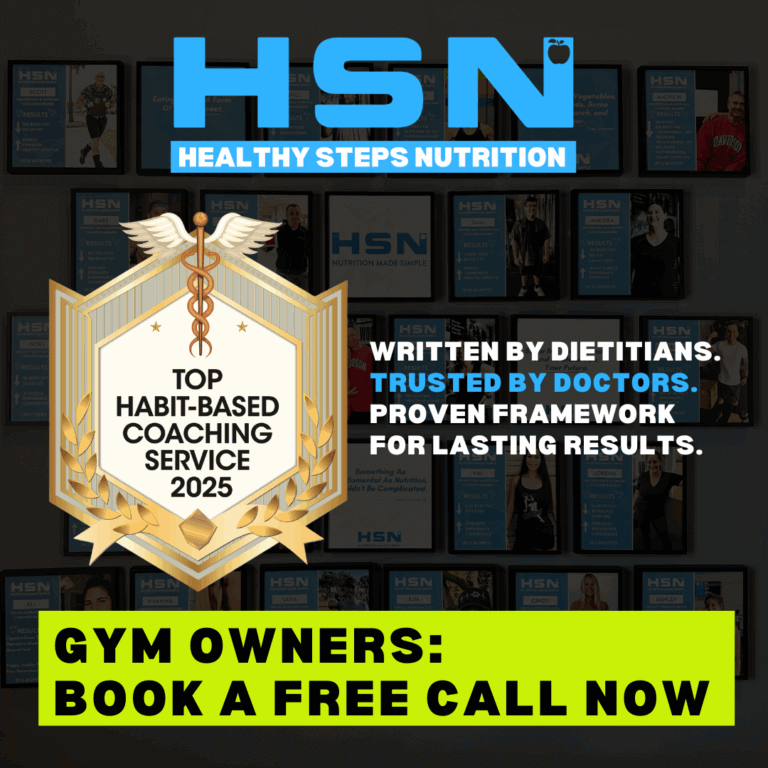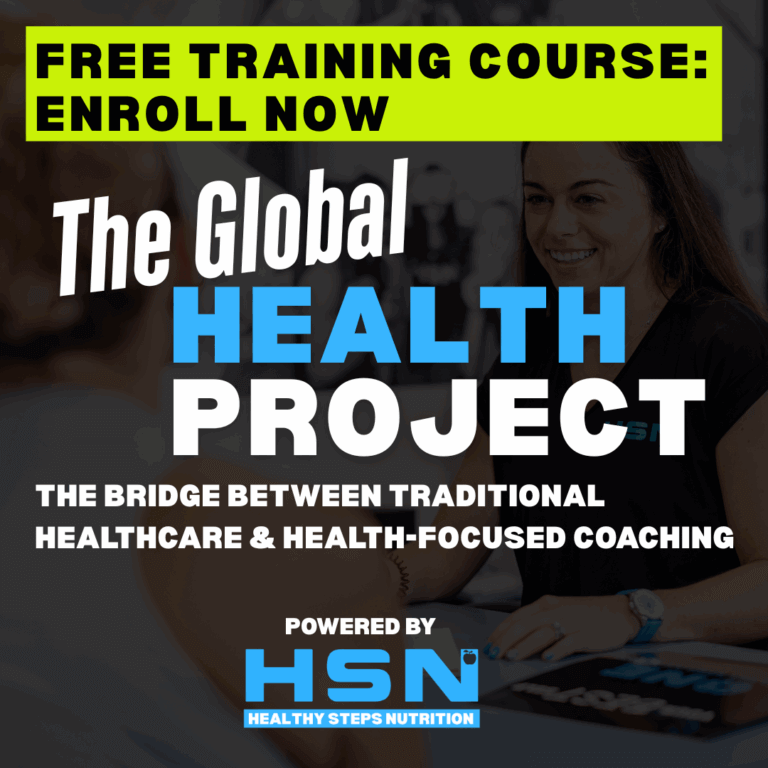Mastering nutrition program and gym social media can significantly boost your online presence, engage current members, and attract new ones. But for many gym owners and nutrition coaches, navigating the realm of social media often seems like a necessary burden.
Several things stand in our way, including the investment of time, which often feels disproportionate to the perceived rewards. Other nuisances include trying to come up with something to post about, navigating the hate for being on video, and the constant change of technology! One-minute reels are in, the next it’s Tik Tok. Ten days later, the experts say, “Infographics posted to feeds are way better than reels”. The constant change gives whiplash, and coming up with fresh content feels like an insurmountable challenge!
Well, what if we told you that starting off, just being relatable & consistently posting to one platform should be your only concern?
If you are a gym owner or nutrition coach struggling with social media, this post is for you. Keep reading for tips to engage your clients, reel in more (see what I did there), and truly provide the world with a story of what your gym is all about.

What Is Gym Social Media?
“Gym social media” generally refers to the use of social media platforms by fitness and nutrition enthusiasts, gym owners, and fitness or nutrition-related businesses to share and promote health, wellness, and physical fitness content.
A few of the most common social media platforms are Instagram, Facebook, YouTube, Twitter, and TikTok. Nutrition coaches, fitness coaches, and gym owners in the health & wellness space share workout routines, nutrition tips, progress photos, motivational content, and more. These professionals use these platforms to connect with their audience, provide educational content, and build a community of like-minded individuals.

Social Media Strategy
Before we get into our 6 tips for creating relatable social media content, I want to point out that we believe there are two points to consider when making gym social media posts:
Best practices when it comes to posting on social media pages
What to post on social media
Whether you are a nutrition coach posting about nutrition tips or a personal trainer breaking down fitness challenges, these strategies will be effective. Now if you are a master at creating content already, you can skip this part and move to the final section highlighting our six tips.

Basic Best Practices When It Comes To Gym Social Media
Pick one platform and stick to it
Picking one platform and sticking to it as a beginner is important. There is a learning curve involved with each of these platforms, and starting off, just getting consistent content out there should be your main focus.
The last thing a gym owner or coach should be worrying about in the beginning is what the trends are now or that the gym down the street is doing. Social media marketing is a multi-billion dollar industry. Millions of people use each social platform every month, so picking what is most comfortable for the gym, and coaches is what is most important.
My Favorites
My favorite platforms for nutrition and fitness coaches to begin practicing consistency on are Instagram and Facebook.
There are typically a lot of clients and members on these platforms
The learning curve to make content and turn them into social media posts is simple
The gym’s social media accounts for Instagram & Facebook can connect with each other
Consistent Posting Schedule:
Establish a consistent posting schedule to keep your audience engaged. Whether it’s daily, several times a week, or weekly, consistency is key. The last thing you want to do is post three times per week one week, then the next week post nothing.
Use a content calendar to plan and schedule posts in advance. This ensures a steady flow of content and prevents gaps in your social media activity. Involve your coaching staff! They can become the programs mini nutrition and fitness influencers. The more people see your nutrition and fitness business online, the more they will get to know the coaches and brand.

Diversify Your Media Type
As I stated previously, it’s so hard to keep up with current trends and which type of posts perform better. Don’t worry about this! Consistency is key!
Mix it up with reels, stories, carousel posts, and infographics. Remember that each platform has its version of short-form video, long form video, and static posts. For example, “reels” are short-form videos posted to Instagram and Facebook. YouTube’s version of reels is called “shorts“.
Now that we have discussed some basic best practices for social media posts, let’s get to the main point of this article which is to talk about what to post in order to be relatable.
What To Post On Social Media Pages: Our 6 Tips For Being Relatable
The second strategy I referenced above for making social media posts is related to what to post. Using the best practices we discussed, being relatable is the most important strategy you can use when it comes to your gym social media.
If you aren’t relatable, nobody will want to use your service. For example, if you are a nutrition coach and the topics you post about are always centered around getting six-pack abs, you will eliminate most of your potential clientele. People with six-pack abs are typically not going to use your service. Most people using your service want to lose weight and be healthy. Six-pack abs would be great, but in the beginning, it seems unattainable to most. They would stop watching because they would think that the only thing focused on with this program is getting six-pack abs.
So when you are coming with content ideas for your gym and nutrition program, think of these tips.

Tip #1 - Know Your Target Audience
Understand your target audience’s preferences, interests, and behaviors. Tailor your content to resonate with them and add value to their social media experience. Are the nutrition program and gym clients training for marathons or CrossFit competitions, or are they stay-at-home moms or working dads trying to lose 15 pounds so they fit in their jeans again?
Is your facility or program trying to build a business centered around competitive athletes or the average everyday human wanting to live a healthy lifestyle?
Create content for your target audience.
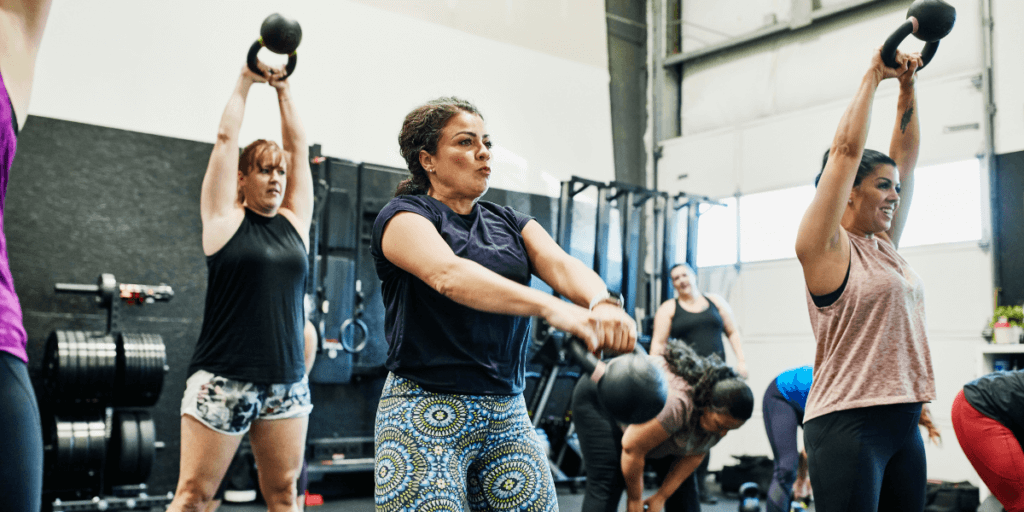
Tip #2 - Showcase Real People and Real Stories
Share real stories of your gym members and their fitness & nutrition journeys. Feature testimonials, before-and-after photos, success stories, and interviews. This humanizes your brand and makes it relatable to your audience.
Highlight the diversity of your members to create an inclusive and welcoming image for your nutrition program and gym.
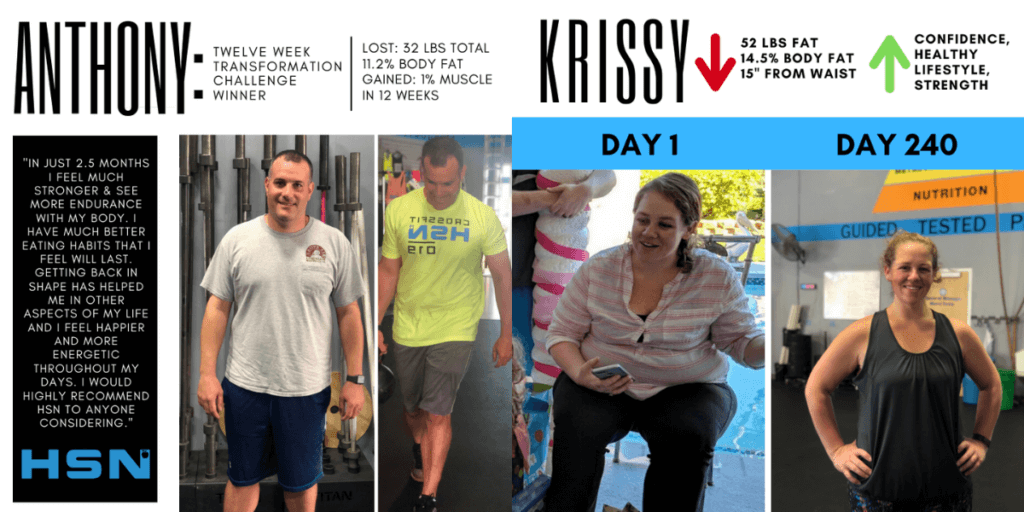
Tip #3 - Behind-the-Scenes Content
Provide a behind-the-scenes look at your gym, including staff members, nutrition coaches, personal training, and day-to-day operations. This transparency helps build trust and allows your audience to see the people behind the brand.
Social media post ideas can include sharing candid moments, such as coaches preparing for classes, nutrition coaches doing an in body, trainers helping clients, or even fun moments like staff celebrations.
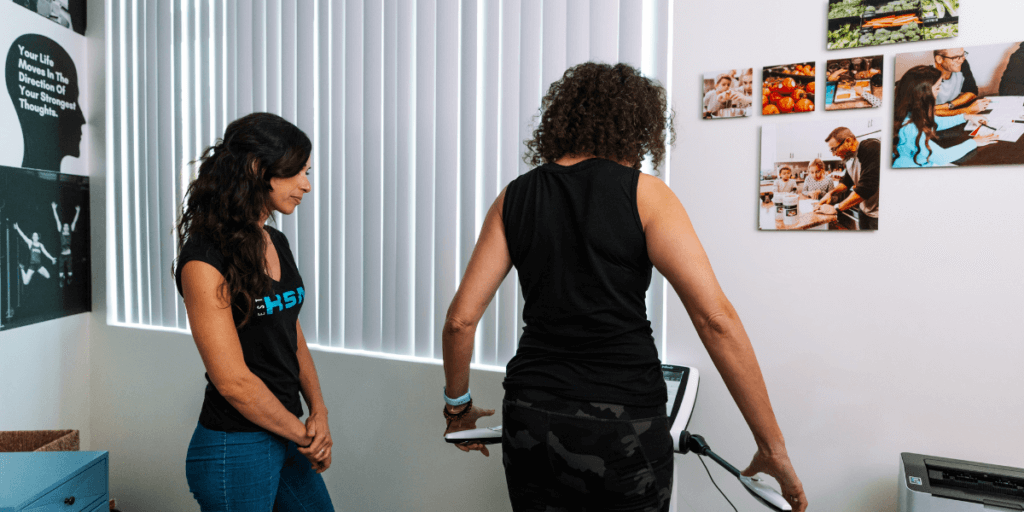
Tip #4 - Share Your Values and Mission
Clearly communicate your gym’s values and mission. Explain why you’re passionate about fitness and nutrition. Tell the story of how your gym contributes to the members’ health and fitness goals.
Be honest about your goals and aspirations as a gym owner and nutrition coach. Sharing your values helps attract like-minded individuals who resonate with your mission.
Tip #5 - Engage in Conversations

Respond to comments, direct messages, and mentions on social media promptly and authentically. Show genuine interest in your followers’ questions, concerns, and feedback.
Use a conversational tone in your captions and engage with your audience by asking questions or encouraging them to share their thoughts and experiences.
Tip #6 - Provide Education With Your Gym Social Media Posts
Educational content positions your gym and nutrition program as an authority in the industry. When you share valuable information, it demonstrates that you have expertise and knowledge, which builds trust and credibility with your audience.
Additionally, it creates the likelihood of user-generated content people can share with each other. User-generated is an indirect benefit of a healthy content engine. In a nutshell, it is content created for your brand by your followers when they share something about your gym or nutrition program on their own social platforms.
Wrap Up
Remember that people don’t buy what you do, they buy why you do it! Consistency is key when it comes to being relatable. If you are only showing the face of coaches once per week, it’s really hard to get to know somebody and relate to them if they only see you four times total each month.
If you are an HSN Mentoring client, get with your mentor and have them help you with a content strategy! Not an HSN client – it’s not too late! Book a free call with us to find out if we are a good fit.
In the meantime, hold yourself and coaching staff accountable to a posting schedule!
Set a meeting to come up with nutrition and gym content ideas
Use a google calendar to plan the gym’s social media posts
Create social media posts by rotating nutrition and fitness content each day
Rotate your media type by creating a gym social media post infographic, reel, and story alternatively each week
Good luck, and keep me posted (again – see what I did there)! I would love to hear how consistent relatable content is increasing your brand awareness and moving your business forward.


